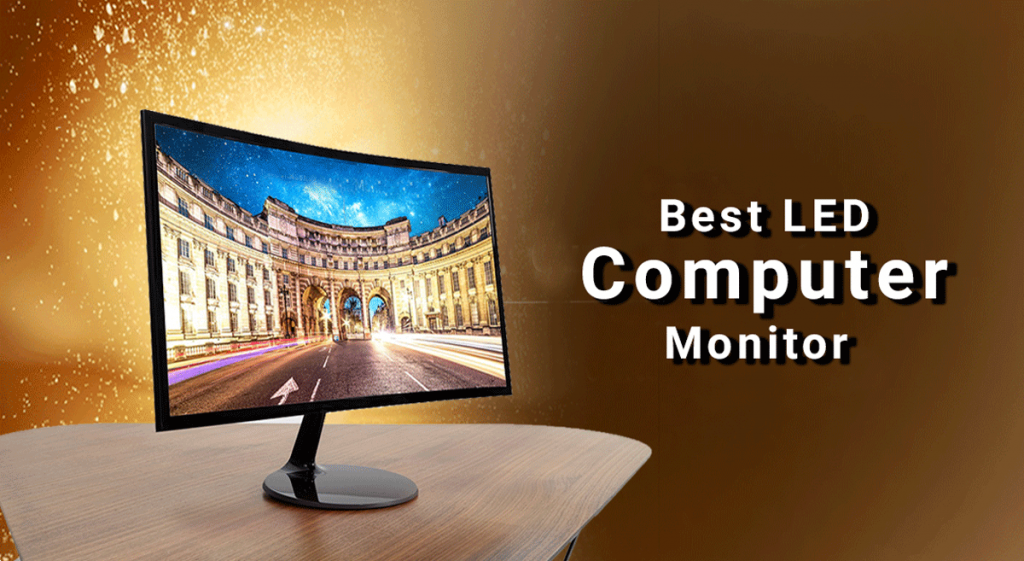With all the changes in the technology industry in the last couple of years, it is easy to find yourself being overwhelmed by all the new features and gadgets that are being promoted as the most current, ‘Must-Have’ device for your business, home or home theater systems. The truth is, a lot of it is mostly hype and sales copy. Very little of what you need to know will be supplied by the hype machines, and unless you go in to the electronics department knowing a few basics, then you can very easily find yourself either coming out even more confused, or having purchased something that you don’t really need, and will find that it doesn’t truly suit your needs.
In this short article, there are only a few items that are going to be covered, but with these pieces of information in hand, you can weed out 95% of the sales hype and promo fever that comes with every new advancement.
- What size of Monitor do you really need?
- What’s with 3D monitors
- What is Response Time?
- Where can you save the most money?
So, let’s take a look at these topics one at a time.
- What size of monitor do you really need?
One of the biggest advancements when it comes to your computer monitor, is the drop in prices for the larger computer monitors. It’s not impossible now to get a 22 inch monitor for under $500, however, in the past, for the same monitor, you could pay well over that. The truth is, that unless you are running a modest to high-end computer, with recent video cards (graphic cards) then you probably don’t need to go anywhere over 22 inches. Traditionally, people sit within 3 feet of the monitor screen, so being able to see crystal clear detail at 15 feet away is not an issue, the bigger the screen, the more area you have to work with, and the more area you have to fill. When surfing the internet or answering email, a 17 inch monitor is more than enough to keep you organized and help keep you from getting lost with all the clutter that can gather in a large screen.
What’s with 3D monitors
Has anyone else noticed how many 3D movies there are being released in the theaters recently? It’s as if someone has suddenly decided that 3D is a must have. But since to get the 3D effect, you need to wear the color-shifted or polarized glasses, it is more of a gimmick than a functional feature. With the color shifted screens, unless you have the glasses on, every image is doubled and shifted with either a blue of red tinge, but the glasses do not completely remove the color, only trick your brain into merging the two images into one, the same way that your eyes work naturally, only in the natural world. Everything in the shifted area, may now appear to be slightly floating off the screen, however, to what point? Aside for causing headaches, or watching a movie on your Best LED computer monitor sscreen, the 3D element is simply a feature to brag about, and not a selling point.
The polarized lenses typically more expensive, as the screen does not have to be color-shifted to create the same effect, however with both the color-shifted and polarized glasses, the image is dramatically darkened and can cause headaches and / or eyestrain. That, in my opinion anyway, defeats the point of getting a new monitor.
What is response time
The next feature that a lot of LED computer monitors deals people will claim to be the next best feature is what is called ‘Response’ time, and again, it’s more of a technical note, rather than a true benefit. The response time is a measurement in nano-seconds (thousands of a second) that it takes for the monitor to send a command to the monitor and receive a signal back that the monitor is responding and working correctly. Some monitors will state a response time of 8ns (8 nano-seconds), and it may sound impressive, considering only a few years ago, the average monitor was working around 50ns. Does this advancement truly make a difference in your computers performance? Honestly, not really. It’s similar to how fast your tv takes to respond to a tv remote button being pushed. Do you notice a half second delay? By the way, a half second is in the neighborhood of 500ns. Some monitors claim to have a response rate of less than 5ns, and they sound really impressive and as if the monitor is the top end of the monitor spectrum, when in reality, that time is only valid with the HD (High Definition) connections that are available on some computers. If you looked into it, or pressed the sales agent, you would probably find that the true, expected response time is in the area of 8 – 12ns. So unless you plan on building a high end, multi-thousand dollar computer, then a response time below 50 is probably enough, and the money you save in not getting the ultra low response time, you can put into a higher quality display LED computer monitors. The quality of image is a feature that is obvious from side-by-side comparison and does not require an article on how to tell the difference, your eyes can tell you that.
How to get the best deal?
In order to get the best deal possible for a new monitor, or any new piece of computer hardware for that fact, you can usually find a truly competitive store online, and often get features such as free shipping, price guarantees, and even extras, such as dust covers or other accessories at a discount, when ordered at the same time.

